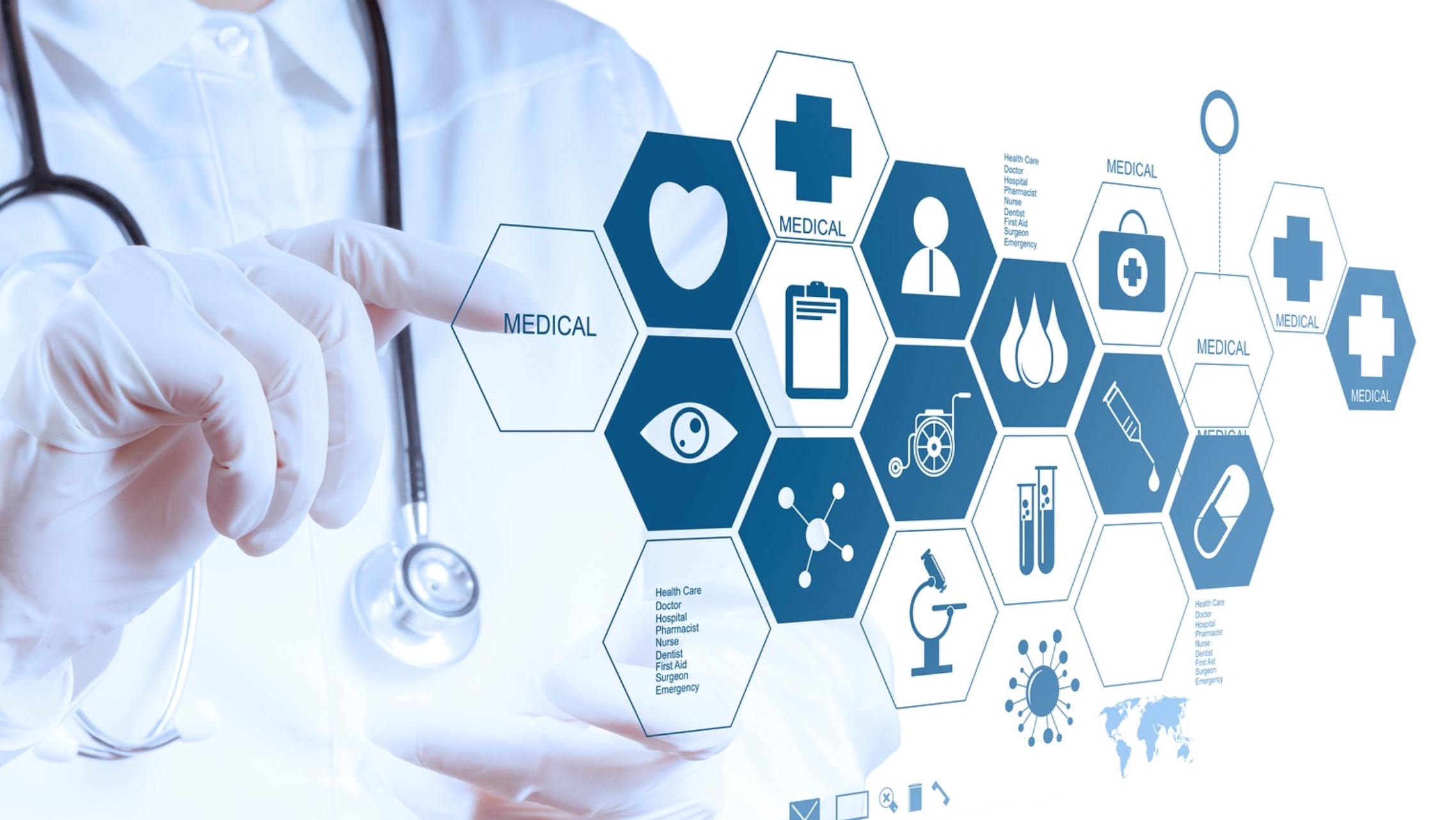Ways of Technology that Changes the Healthcare
Tuesday, April 12, 2022, 2:53 PM GMT-5

The future of healthcare is being changed by things like virtual reality (VR), 3D printing, robots, and nanotechnology. It is our job, not theirs, to stay up to date on the most recent technology. It is important for health care workers to learn how to use new technologies in the future if they want to stay relevant. Tech progress can’t be stopped. We will soon find out that, no matter how bad they seem now, digital technologies have a big impact on many parts of our lives, no matter how bad they seem now. So, now is the time to be brave, open to new technology, and understand how the world is changing.
Artificial intelligence
AI, in my opinion, has the power to change the way healthcare is done. A computer program, like a doctor, can get medical data, come up with treatment plans, and make drugs faster than an AI system. To find medicines in a molecular structure database, supercomputers are used to look for them. In 2015, the company did a search online for safe, current Ebola medicines that could be changed. Two AI-predicted medications could significantly reduce the spread of Ebola. Recently, Google’s DeepMind team came up with an AI that can tell if someone has breast cancer. This is how it looked: On pre-selected data sets, the software outperformed all human radiologists by 11.5%! There are many ways AI is being used to improve health care, like drug development, medical imaging, and data mining. Some of our favorite things were recently talked about. Imagine what could happen to civilization if AI was used early on and had such amazing results!
VR
It is changing the lives of patients and doctors (VR). It all depends on how much technology is made in the next few years. You might be able to go to Iceland or come back home from the hospital soon. Virtual reality (VR) is being used to teach both doctors and people who want to be surgeons. Companies like Osso VR and ImmersiveTouch have made and released virtual reality software that looks good. The Harvard Business Review says that virtual reality-trained surgeons outperform their traditional counterparts by more than 230 percent. In terms of precision and speed, the former were also better surgeons. Furthermore, it has been shown to be good for people and help them feel better. They give women virtual reality headsets while they are giving birth, and they can use them to picture themselves in a peaceful place. Virtual reality (VR) has been shown to help people who have gastrointestinal, cardiac, neurological, and post-surgical diseases feel less pain. People who had surgery in 2019 said they felt less pain and anxiety, and they had a better time in the hospital.
AR
It doesn’t happen in virtual reality, so there is no loss of connection to the real world, and information is given out as quickly as possible. AR will help both doctors and patients in the future. It could help both medical students and surgeons with their preparation for real surgery. There is already a Microsoft HoloLens app called HoloAnatomy that CWRU students use to learn about anatomy. Medical students can learn about the human body without having to use real bodies by using this method. Magic Leap, a promising new business, wants to use its mixed reality headgear in the medical field. Magic Leap has worked with SyncThink, XRHealth, and Brainlab to make a platform for patients that can help them. We may see commercial products from this collaboration in the next few years or so.
Health Tracker
My options must include wearables, sensors, and health monitors because the future of medicine and healthcare is all about giving patients the power to take care of their own health and well-being through technology. They help us become more aware of ourselves and take back control of our lives. Weight loss, stress reduction, cognitive enhancement, and even just feeling better in general are all possible with the help of a Patient Handoff Tool. These new, cutting-edge technology devices take a patient-first approach. A person can take charge of their health and make better decisions with the help of these technologies. They can monitor their health at home and share data with their doctor over the internet.
Genome project
A lot of money was spent by the US government on the Human Genome Project. A new technology could one day make it possible to order your whole genome for less than $100, which sparked a lot of attention. There is still a lot of work to be done on that goal, says Illumina’s CEO a year ago. Gene tests may cost less than blood tests, which can cost anywhere from $10 to $150. Mind-blowing! This was a very difficult test! You could find out about your drug sensitivity, medical problems that have a lot of different factors, and even your family’s history of health problems. Genome sequencing is also being used in a wide range of fields, including nutrigenomics, which is a branch of nutrition, dietetics, and genomics. Habit, a company that started in California, sells food that has been genetically modified.
Drug Development
The process of making new medicines now takes too long and costs too much. Artificial intelligence and simulated clinical trials, on the other hand, can speed up the process of making new drugs. There are already new technologies and methods that are taking over the pharmaceutical industry, and they will keep doing so for a while to come. Another option is to do in silico drug testing. In the development and testing of medical technology and procedures, special computer simulations are used to make sure they work well. Even though there isn’t yet a way to replicate clinical trials with organs-on-a-chip, researchers have made a lot of progress. HumMod, the “most complete mathematical model of human physiology ever made,” is being used in a lot of different research projects. A group called the Virtual Physiological Human (VPH) Institute has also tried to make heart disease and osteoporosis happen.
Nanotechnology
People now use nanomedicine. As a result, I think they will be used for things like precise drug delivery, cancer treatment, and even small surgery. Max Planck Institute researchers made microbots that look like scallops and can swim through your body’s fluids. The PillCam, a smart tablet that can do tests on the inside of the body, is now on the market. In late 2018, MIT researchers came up with an electronic tablet that can send diagnostic data or give medicines when a smartphone asks for them. It has become even better at nanotechnology thanks to the development of “smart patches.” The smart patches from Grapheal, a company from France, were shown at CES 2020. They can monitor the wounds and may speed up the healing process, as well.
Robots
Health care robotics is one of the most interesting and rapidly growing fields of research. It includes a wide range of technology, from surgical robots to robots that clean and disinfect. Robotic friends can help young people with chronic illnesses by giving them company and easing loneliness and mental health problems. Many people have heard of Jibo and Peper and Paro, but also Buddy, Buddy, Buddy, and Buddy. Some of these gadgets have touch sensors, cameras, and microphones that owners can use, and you can use them, too. Children who are sick for a long time can use a gadget called ikki, which was made by an Australian start-up, to keep track of their medications, body temperature, and breathing rate.
3D Printing
Many times, medical 3D printing could be good. This means that everything from biotissues to prosthetic limbs to medications to blood vessels can now be printed on a paper or card stock. This method also helps the pharmaceutical industry. Polypills, which are made of synthetic polymers, are being made by 3D printing now. Many medications are used to help patients stay on track with their treatment plan.
Verdict
The rise of digital health has unquestionably changed the way people get their health care. Our goal is to usher in a new era of medicine by sharing information and new ideas about health care. We want to hear from you.



